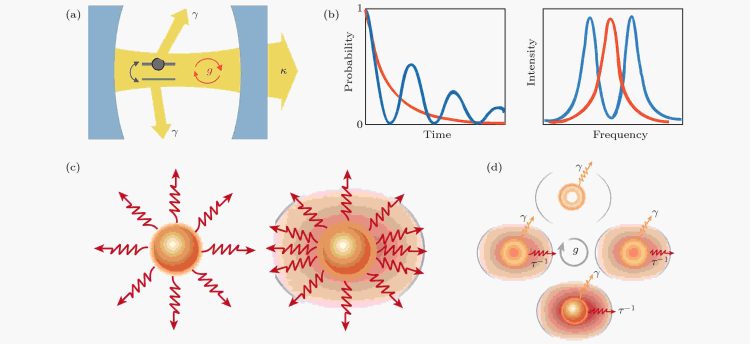The Iridescent Enigma
In the realm of the minuscule, a marvel of nature’s engineering captivates the eye—the jeweled beetle, a creature whose color shifts with the angle of view. This chromatic spectacle is not the work of pigments but the result of intricate, regularly patterned microstructures on its surface—photonic crystals that have piqued interest for their potential to manipulate light.
Harnessing Light with Natural Blueprints
Photonic crystals on the beetle’s carapace are not just a natural wonder but a blueprint for cutting-edge technologies. Researchers are exploring their application in developing devices for optical routing and energy-efficient products, with promising progress being made.
The Science of Photonic Crystals
Photonic crystals are finely structured materials, with particles arranged in a three-dimensional grid, mimicking the regularity of light waves. Their periodic patterns enable the selective enhancement or diminution of specific wavelengths of light through reflection. The jeweled beetle’s surface, adorned with these orderly photonic structures, changes color with the observer’s perspective, a testament to the intricate dance between light and matter.
The Challenge of Crafting Photonic Crystals
Creating these crystals is a formidable task, delaying experimental validation of their properties, which depend on their periodic arrangements.
A Leap Towards Eco-friendly Lighting
Professor Junichi Takahara at Osaka University in Japan has utilized photonic crystals to develop an eco-friendly incandescent light bulb. Traditional bulbs are inefficient, converting much of their energy into heat rather than light due to infrared radiation. By crafting a photonic crystal that inhibits the emission of infrared rays from the filament, more electricity is transformed into visible light, paving the way for high-efficiency, energy-saving illumination.

The Cost-effective Approach: Self-Assembly
Recent advancements at the San Diego National Research Institute in the United States have seen the creation of photonic crystals on tungsten wire filaments, demonstrating their ability to suppress infrared radiation. Microscopic, rod-like structures on the filament’s surface block the heat from escaping. However, this method is time-consuming and costly.
Takahara, along with Assistant Kawahiro of Kyoto University’s Venture Business Laboratory, is exploring self-assembly techniques to manufacture photonic crystals more affordably. Self-assembly refers to the natural ability of molecules or droplets to form regular structures without external guidance—a phenomenon evident in the crystallization of snowflakes. This process could significantly reduce the production costs of photonic crystals.
Nanotechnology: Crafting Eco-friendly Products
Takahara’s initial experiments with silicon beads have been promising. By repeatedly dipping objects into a colloidal solution of silicon particles and allowing them to dry, he has successfully harnessed self-assembly to create efficient photonic crystals. This technology could lead to light bulbs that not only shimmer with a rainbow sheen but also emit light with significantly reduced infrared radiation.
The Road Ahead
While the practical application of self-assembling photonic crystals on tungsten filaments is still a work in progress, Takahara is optimistic. The ongoing research in precision engineering and self-assembly techniques is making strides toward more sustainable products, signaling a brighter, more efficient future.


















































Discussion about this post